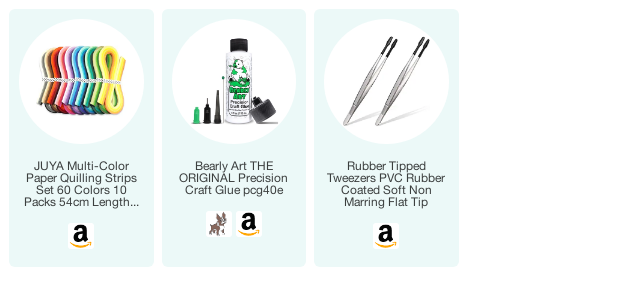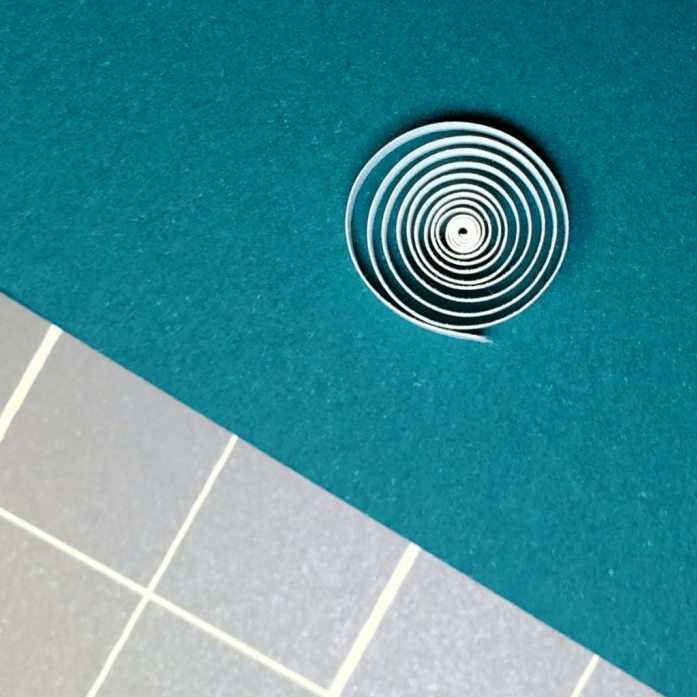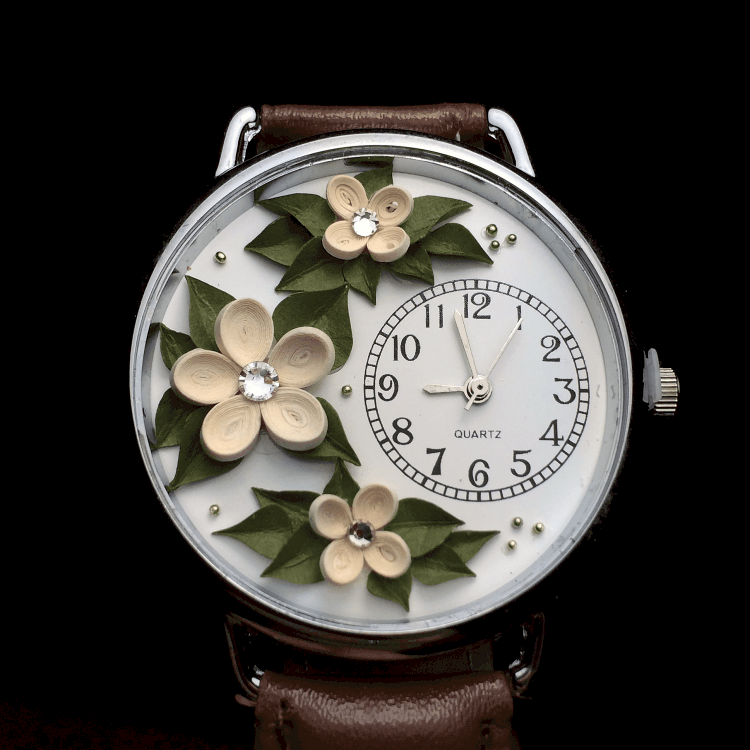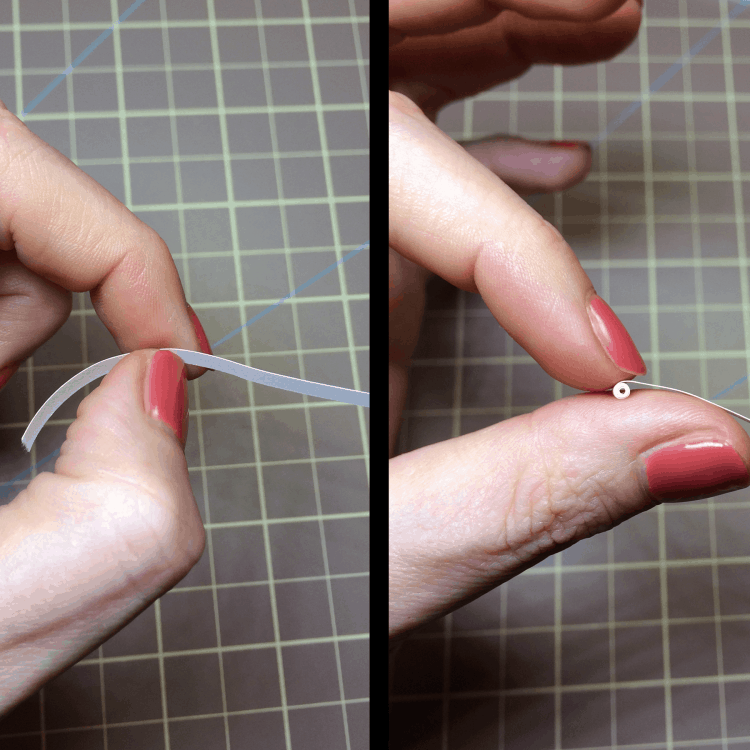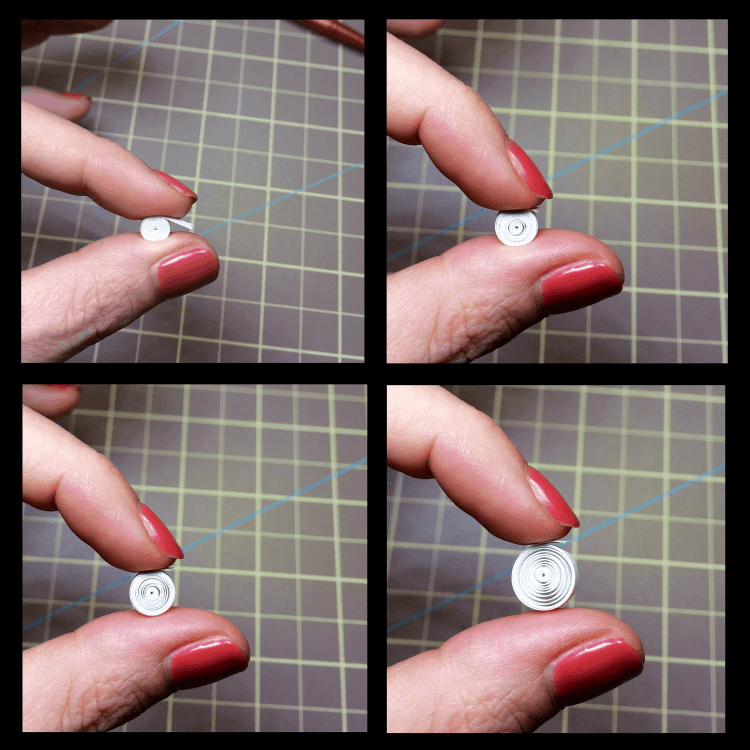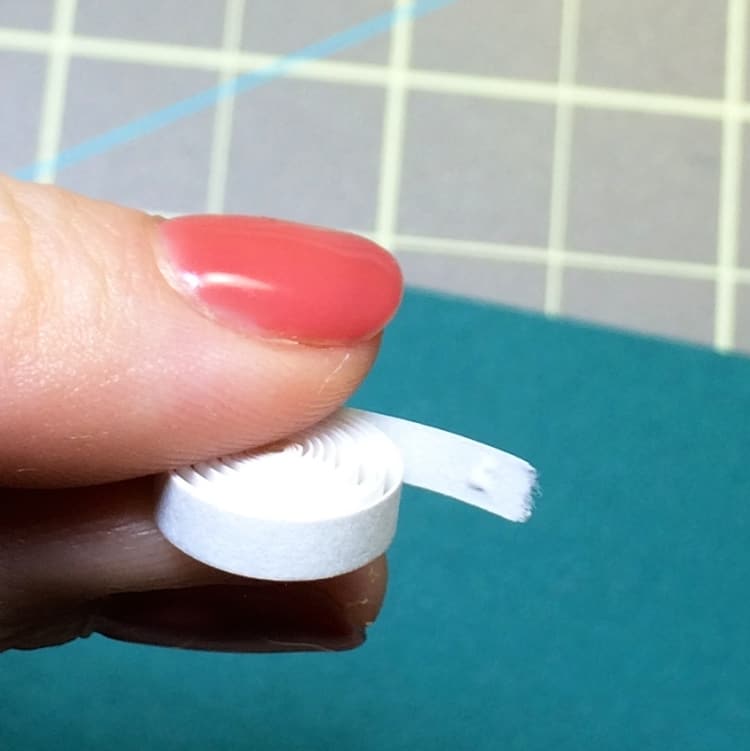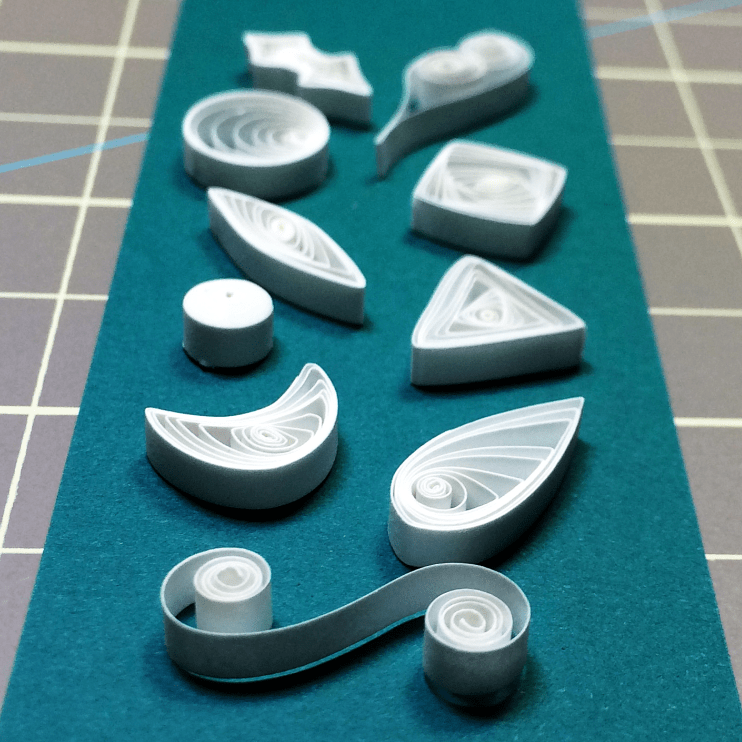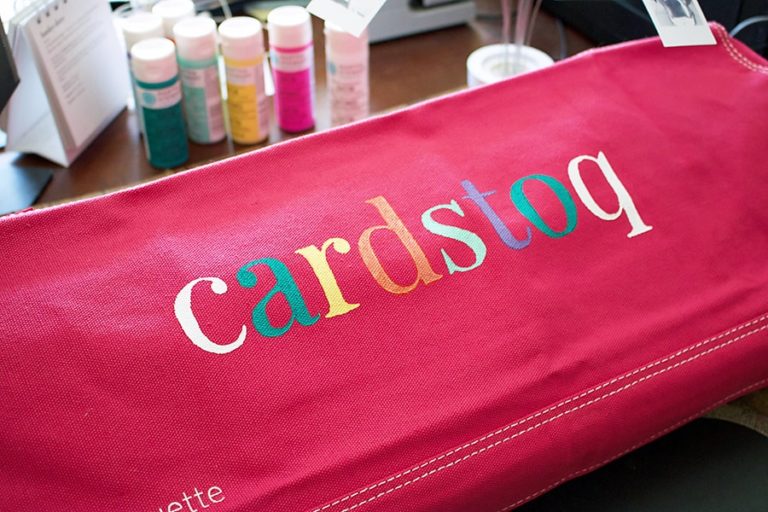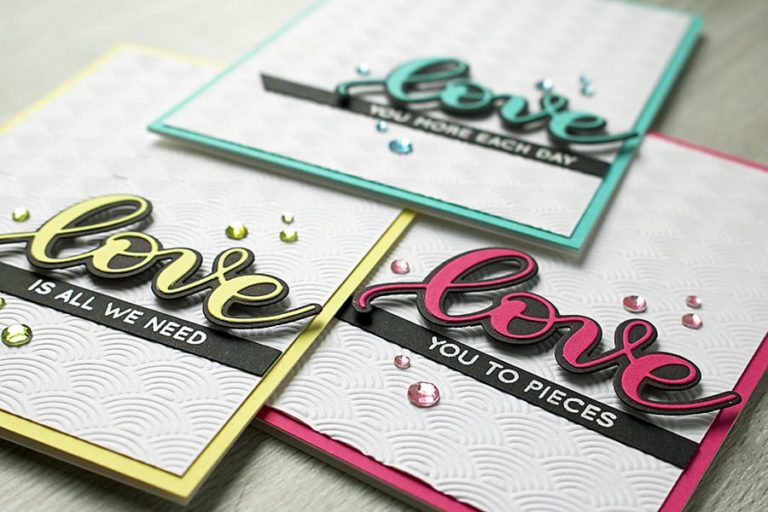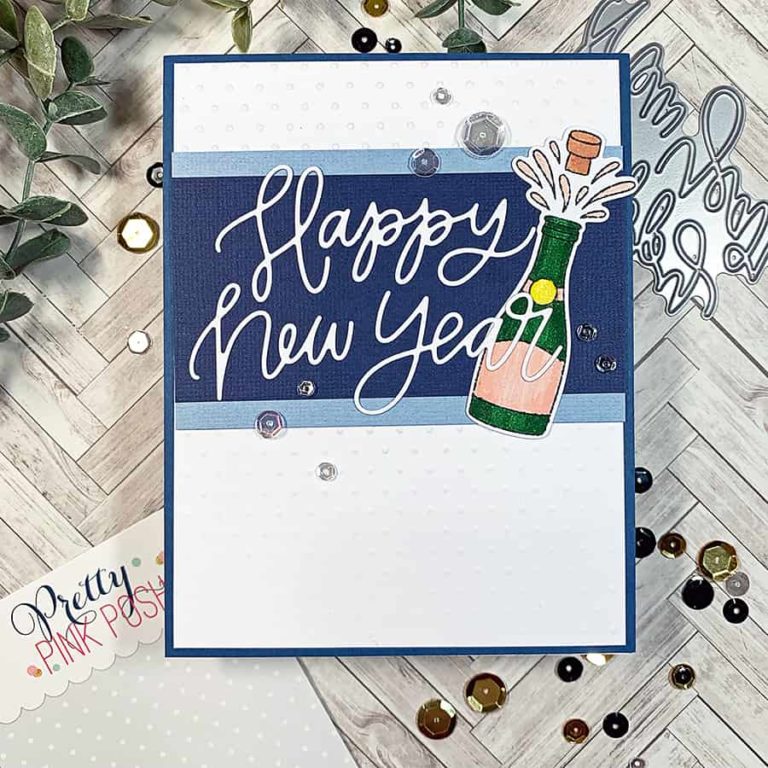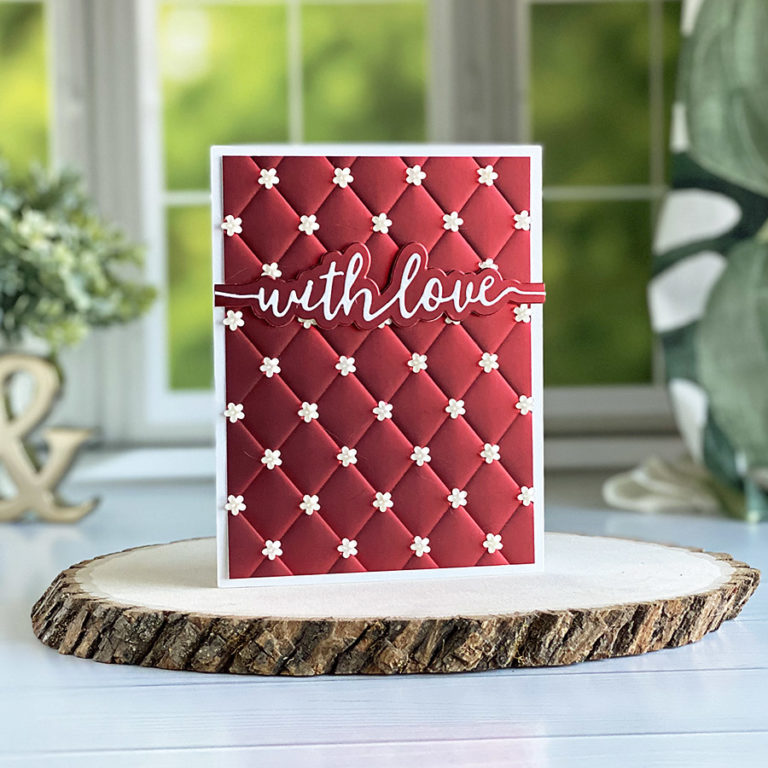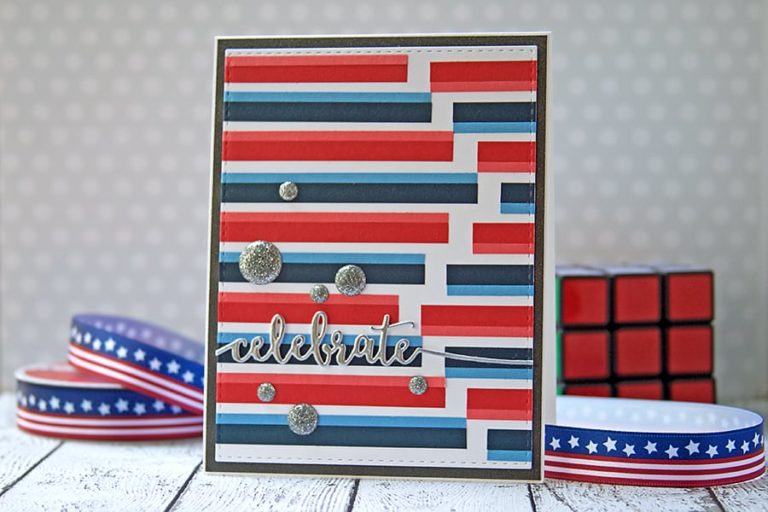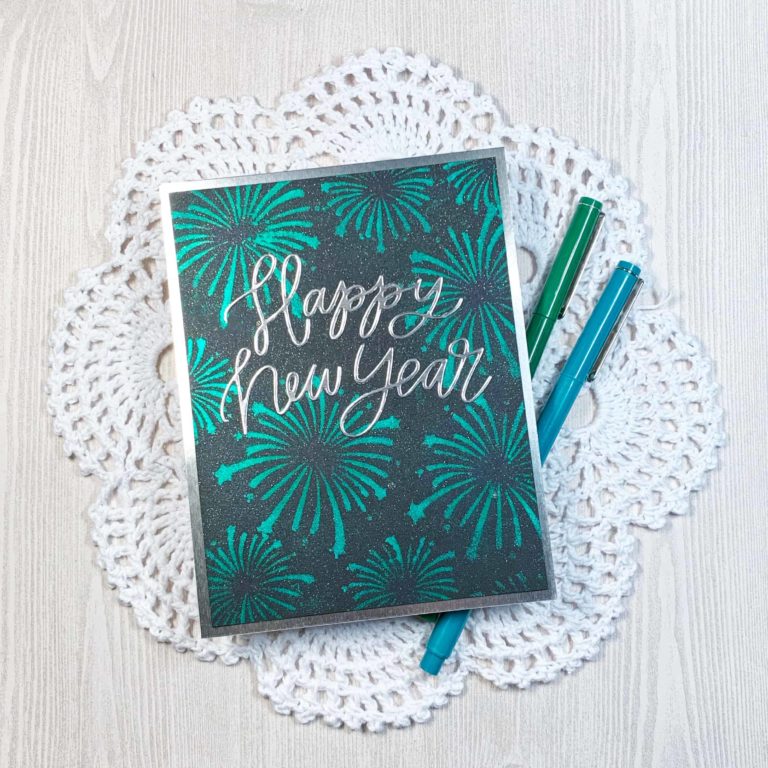The Basics of Hand Quilling: The Abridged Version
The history of quilling is relatively easy to find on the internet if you’re interested in how it all came about; the short version is paper was a much cheaper medium to create filigree work than traditional metal, so poorer churches used the gilded edges of their bible pages to decorate things.
Quilling is pretty simple to learn, quick to master, but time-consuming to do.
Essentially, you roll up a thin strip of paper – either with your fingers, around a needle, or through a special quilling tool – then let it relax out a bit and glue the end to seal it into a little coil. These small coils can then be pinched or pulled into other shapes, and you can make pictures with them, kind of like how you would make a mosaic.
You can make little scroll shapes, too, if you like, and create things out of those. Some people even make little free-standing objects like dolls or flowers. I decorate watches most of the time:
Since there are plenty of resources on how to quill with tools, I’ll do the sans tool instructions.
I’m a fan of hand quilling – it makes the smallest centers, and I find it is faster than trying to manipulate the paper around a tool. You need to get the tension and pressure figured out first, but it’s worth it and doesn’t take long to learn.
If you have some quilling paper, great! Pull off a strip from the bundle and tear the end off one side. Use this side to measure out 8″ of length and then rip it there so you have a nice long piece to work with.
Break the fibers in the paper by running your nail along the last 1″ of an end. Then, using your thumb and index finger, carefully roll the paper to start your coil. If it doesn’t roll up smoothly, moisten the paper slightly with your lips (or use a damp sponge and your fingers) and try again.
Do this whichever way feels natural to you; some people roll from their pointer finger, others from their thumb. Whatever works is what you use.
I use a pair of rubber tipped tweezers to hang onto the sides of the roll as I’m going because the coil is so darn small at first. Once you reach the end of your strip, you need to decide if you want a peg (a solid dot) or a coil.
Want to keep it as a peg? Glue the end now, and you will have created a solid little circle. These are suitable for flower centers, berries, or even accents around scrollwork.
To make shapes with a coil, carefully loosen your grip on the roll and watch how it slowly unfurls.
Once it gets to a nice respectable size – usually about double or triple the size of what the peg was – find your outside end and dab it with glue to close. Use as little glue as you can to hold it; you don’t want glue globs on your nice quillbits 🙂
Ta-daa! That wasn’t too bad, was it?
Next, take your cute little round coil and hold it so you can look through the center. Pretty neat, huh? Now smash it flat and let go. You just made a marquise shape. I use marquises to fill in just about everything I make, but there are lots of other shapes you can do:
Didn’t get it the first time? That’s ok, it takes a bit of practice, but you’ll get it, I promise! You will learn the tension and pressure you need to use to make nice, even coils. The goal is to have a small center, and your coil should look like it has no start and end points.
Tips:
- If you are using a tiny glue bottle with a small tip, pop it upside down in a shot glass with a damp paper towel or sponge in the bottom for speedy gluing. This way, you can keep the cap off for extended periods of time.
- To avoid the ‘tornado effect’ when you’re using a slotted tool, give it a quarter turn in the opposite direction you rolled in before slipping your coil off the tool like you are ‘unlocking’ it.
- After you’ve secured an eccentric coil (more on this later), you can adjust uneven loops with a pair of fine craft tweezers before adding your dab of glue.
- Always tear your paper ends – it helps the glued end to lay flat on the coil and makes your center look smoother.
Happy Quilling!
